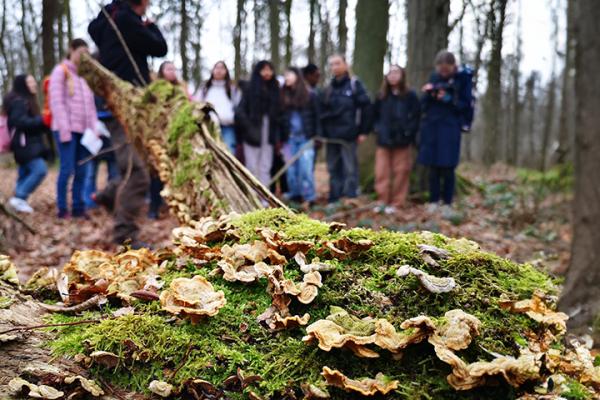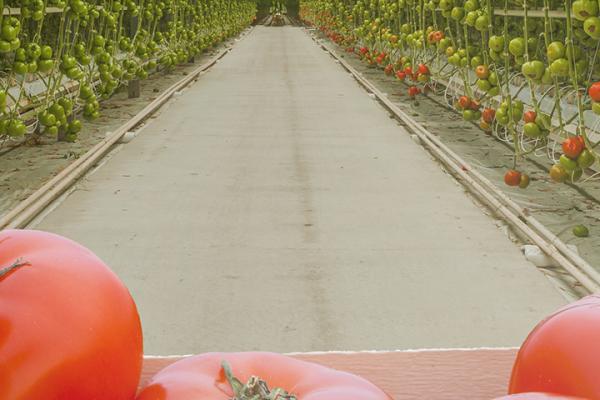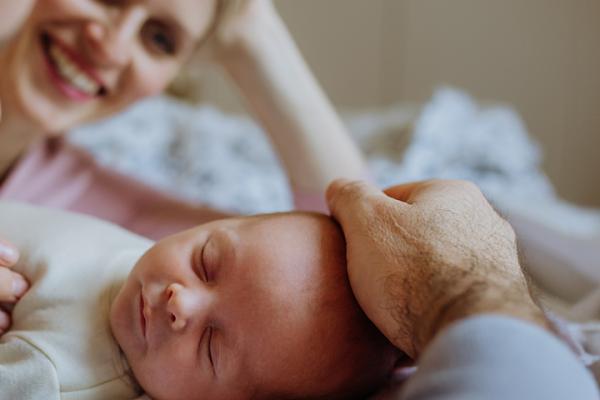Main science phase of Rosetta mission is yet to come – Dr Colin Snodgrass
What difference does it make to the mission if the European Space Agency (ESA) doesn't manage to make contact with the probe again?
‘The main mission for Rosetta has always been the long two-year escort of the comet. The big point about Rosetta is it sees how a comet evolves. Every other mission to a comet has flown past it at high speed and has got just a snapshot in time.
‘Already Rosetta has returned orders of magnitude more data than any other comet mission and the results already for Rosetta have been amazing, even from before the landing. But the point is Rosetta is only just starting, the real science phase of the mission is meant to start after the landing, and a year and a half of escorting the comet was always the primary goal. The landing is one experiment out of the whole suite on Rosetta and was always meant to be a bonus.’
Why is it important to study comets in so much detail?
‘The earth formed relatively close to the sun and probably formed without much water on it. And we expect that the water came later from all of these small bodies that formed further out, from impacts with comets in the early solar system. So, in a lot of ways, we think that comets are responsible for water, and therefore life on earth, because they must have delivered water especially, and possibly a lot of the other chemicals necessary (for life).’
What specific questions can the data from Rosetta help us to answer?
‘This question of whether or not the water on earth came from comets. It is largely thought that it did but it is debated, it is not completely confirmed, and one of the things that Rosetta will do is to measure quite precisely exactly what the comet is made of including isotopic ratios (the proportion of different forms of chemicals) and so on, things that we don’t think change. So that can be compared with ocean water and can show us whether or not really this comet matches.’
How will the mission gather this data on the composition of the water, can that only be done by the Philae lander?
‘The main answers on the water and the isotopic ratios will come from the instruments on the orbiter sampling the gas coming from the comet from relatively close range. There is likely to be a first answer to this soon.’
“‘As an astronomer you don’t normally expect that you’ll actually get an up-close and hands-on view of anything that you’re studying.’
It must be really exciting to be involved in something like this.
‘It’s an amazing mission. As an astronomer you don’t normally expect that you’ll actually get an up-close and hands-on view of anything that you’re studying. So to have something that is really going and giving you this close-up view of stuff that you observe with telescopes, it is really an exciting opportunity.’
What can you learn by combining the ground-based view with the view from a spacecraft?
‘One of the highlights of the ISANDAL project was that we found an asteroid that behaves like a comet and followed it up by observing it from the ground and from Rosetta at the same time. Using the cameras on Rosetta from a large distance, what we discovered was that, although this thing looked like a comet, it had this tail coming out of it, the only explanation for the shape of the tail and the way it worked was actually debris from two asteroids colliding. What we were seeing was a trail of debris from a collision rather than dust lifted from a comet by ice.’
How did Rosetta get to observe that?
‘It was coincidence really. We used Rosetta as a space telescope, so we took images from the cameras on Rosetta but Rosetta wasn’t particularly close to this collision happening. The advantage was that, looking from Rosetta as well, you got a completely different geometry on the situation. So by combining the two sets of images you can get a 3D picture of the tail.
‘Was it a single line of material or was it a fan seen edge-on from earth? It turned out to be a line, a trail of debris from the collision, rather than the fan you would have expected if there was ongoing comet-like activity from this asteroid.’
How did your work on the ISANDAL project lead to you become the coordinator of the ground-based observation campaign for Rosetta?
‘The EU project was at the Max Planck Institute for Solar System Research in Germany. And that’s one of the key institutes for Rosetta, it is where the camera team is led from. The Marie Curie funding covered approximately half the cost to the institute of me being there, so the deal there was that with the other half of the funding I was helping support the work with the camera.
‘So coming in as a comet expert, someone who knew a bit about what we were liable to look at, I could work there with the instrumentation experts to help plan for the sequences and what observations are required to maximise the science, obviously as part of a fairly large team.
‘It meant that when the Rosetta project was looking for someone to coordinate the ground campaign I was a natural candidate through that. So, in a lot of ways, the EU funding got me the opportunity to work on both at the same time.’
How important are the ground observations of the comet?
‘One of the things that you have to remember is that Rosetta orbits only 10 to 100 kilometres from the nucleus, whereas a comet covers tens of thousands of kilometres for its coma (surrounding gas) and millions of kilometres for its tail. So the only way that you can see the whole comet and get the overall picture of what it’s doing is to observe it from the ground, and having Rosetta there gives us a unique opportunity to calibrate these observations.’
How many telescopes are involved in the campaign?
‘So at the moment the primary ones we are using are large telescopes in Chile because the comet is now in the southern sky and relatively faint still. So we’ve been using the European Southern Observatory Very Large Telescope and we’ve been using the Gemini eight metre telescope.
‘Next year we will get a lot of support from advanced amateur astronomers who will be able to image the comet, and especially they will be able to image the comet when it is close to the sun where you can’t point large professional telescopes.
‘From later next year, when it becomes brighter again, it is then bright enough and close enough to the equator to use telescopes worldwide. We expect to use nearly all of the facilities available at La Palma - there are a lot of telescopes there belonging to different European nations. There is support from US colleagues from various telescopes in continental US and Hawaii. We’ve got a robotic telescope in Australia following it and there is a group in Taiwan who have been following the comet and will continue to do so, so it’s a very international programme.’




